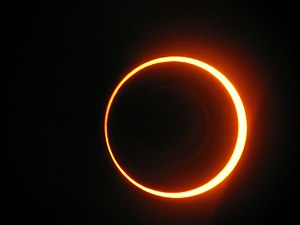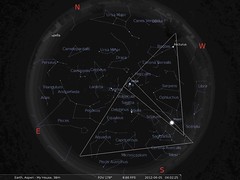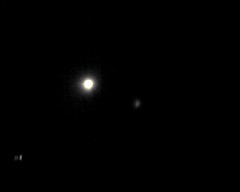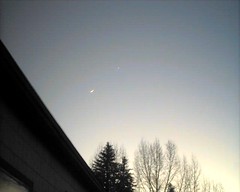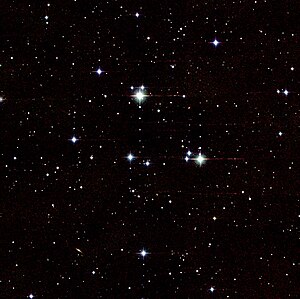| English: Transit of Venus - Venus completely over the sun Italiano: Transito di Venere sul Sole Русский: Прохождение Венеры по диску Солнца (Photo credit: Wikipedia) |
Why was the recent Transit of Venus across the Sun such a
big event and why have I been so enthralled with it?
1. It’s rare. Even
though Venus revolves around the Sun once every 225 Earth days (approximately),
the tilt of its orbit relative to that of the Earth’s allows for this “line of
sight” view only two times (separated by eight years) every 243 years - http://en.wikipedia.org/wiki/Transit_of_Venus.
2. Its duration
(around 6 hours) was much longer than other viewable-from-earth astronomical
phenomena such as lunar and solar eclipses which last only a couple of hours at
most from start to finish. Therefore,
the window of opportunity for watching the event was much greater.
3. It is unusual to
be able to see Venus at all during the day, even though it is easily viewable
in the evenings and mornings.
4. Scientifically,
transits of Venus have been very important in that the study of them helped to
produce accurate estimates of the distance from the Earth to the Sun. This distance, deemed one astronomical unit,
is useful as a scale for describing the distances between other objects in the universe
as well, in particular those of our own Solar System.
Furthermore, the June 2012 transit is anticipated to assist
in the refinement of techniques that will be used in the search for exoplanets –
planets that revolve around stars other than our Sun: http://www.huffingtonpost.com/2012/05/16/venus-transit-june-5-new-alien-planet_n_1522342.html
5. Finally, it provided
a great excuse for professional and amateur astronomers alike to commune and enjoy
an important celestial sight. NASA even provided live webcasts of the event
from several high-profile venues for people wanting to watch the spectacle, but
were without the ability to do so: http://sunearthday.gsfc.nasa.gov/transitofvenus/
Additionally, many other local, formal and informal viewing
gatherings were held around the world.

